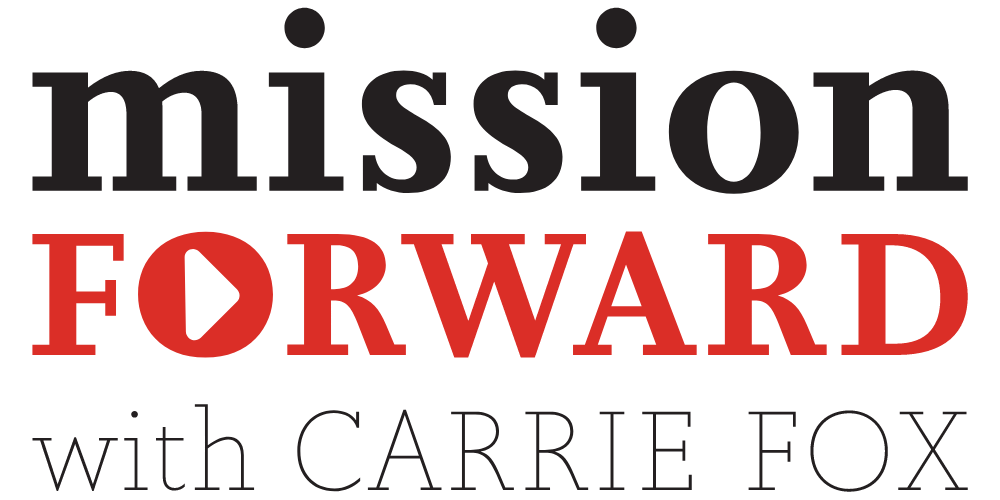Banking on Trust.
This article is part of Finding the Words, a newsletter that delivers practical insights on the day’s issues.
A couple of years ago, a well-known and well-loved nonprofit organization contacted our team with a problem. For so long, this nonprofit had been sustained by a loyal following of recurring donors, but their leadership had noticed a concerning trail-off in contributions. The donations weren’t coming in as consistently, and some of the most loyal donors had ended their relationship with the organization. For one reason or another, these donors had decided to move on from the organization they once believed in. The organization had lost some of their most important donors and needed to figure out why.
We suspected there might be more to the story, so we conducted perception research: namely, a set of one-on-one interviews with their donors—current, lapsed, AND lost—to understand the situation better. What we found was fascinating. This organization hadn’t shifted away from its values and hadn’t been fiscally irresponsible. The leadership hadn’t done anything to cause a hard break in the relationship. But repeatedly, we heard that the focus of their work had dissipated. In so doing, it had started to lose connections with its core audience. The slow, well-intended shift to grow a donor base led to a loss of loyal donors instead.
Trying to balance communication to current audiences—donors, customers, and even staff members— with the need and desire to appeal to future audiences can be challenging. Sometimes it works, and sometimes it fails. What we know is that when an organization focuses on a new audience without bringing the existing audience along (assuming it’s an audience they want to keep), stakeholders can feel they’ve been taken for granted, left behind, or forgotten about. That’s where loss happens, and that’s where this organization found itself. With deeper insights from interviews, this organization was able to right-size and rebalance its communication efforts, taking time to rebuild relationships where trust had been lost. It was also an a-ha moment that this organization could engage its current audiences (who wanted to be part of this organization’s future) in the process of engaging future audiences. It didn’t need to be one or the other.
Here are a few lessons drawn forward from that assignment, for when you need to engage and communicate with this most difficult of audiences—those who say they don’t want you anymore.
Lesson 1: Remember the Ones Who Leave. It’s easy to do. Someone leaves you—a donor, a member, or a volunteer—so you stop investing in them. Try not to do that. Instead, use the change in the relationship as an opportunity. The first step is identifying and remembering the individuals or organizations that have moved on. As much as you can, track why they first joined you and what caused them to leave. You should capture this data for all audiences, regardless of the length of the relationship, contribution size, or any other means of measuring the relationship. Hold on to that information so you can put it to use later.
Lesson 2: Make the Most of Learning Moments. Look for the right time to send a follow-up message to the ones who have left. In some cases, that might be right away. In other cases, let some time elapse. Let the circumstances of the departure be your guide and use your instincts on when to reach back out. When you do follow up, consider the right person and vehicle to carry the message. Should it be a personal phone call from the executive? Would it be better to write a personal, handwritten letter? An email may do. Take full consideration of the nature of the relationship and the circumstances surrounding the change and use those as your guide to finding the right voice and channel.
Lesson 3: Don’t Expect a Change of Heart, But Do Remember Why They Left. When you do make an outreach, keep your expectations low. Don’t expect the individual or organization to return. Instead, use the opportunity to improve your practices to help guard against future losses. Consider what could have been done better, and do your best to understand and learn from what caused the breakdowns in the relationship. If you genuinely want to improve, that will speak volumes to your operation’s character. And if it feels right, offer an on-ramp for the individual or organization to return. Let them know that they can always re-engage, if circumstances change.
Bottom line: Losing a previously invested donor, partner, or team member is always challenging. But a loss without any related learning is the worst kind of loss. In losing, find ways to uncover essential insights and small wins that make the most of difficult situations.
Ready for more? Listen to this article on the Mission Forward podcast.
This post is part of the Finding The Words column, a series published every Wednesday that delivers a dose of communication insights direct to your inbox. If you like what you read, we hope you’ll subscribe to ensure you receive this each week.







